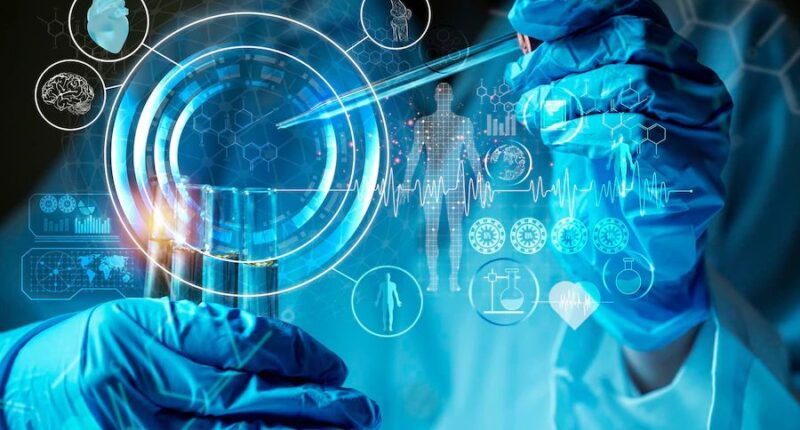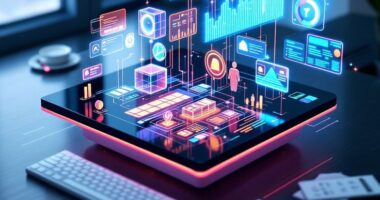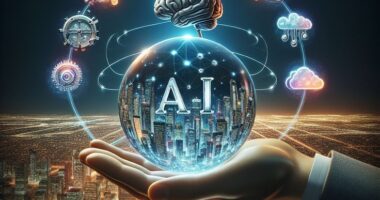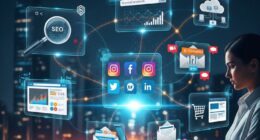Biocomputers use the biochemical properties of molecules to carry out computations. DNA, for example, can encode large amounts of information in its genetic sequences. Chemical reactions can represent instructions, while cellular processes can function as logic operations.
Biological Components Used in Biocomputing
-
DNA computing: Uses DNA strands for solving complex mathematical problems
-
Protein-based computing: Utilizes protein interactions and structures
-
Cellular computing: Uses living cells to process information
This blend of biology and computing results in powerful systems capable of performing tasks beyond traditional computing methods.
Applications of Biocomputing
Biocomputing has the potential to transform various industries due to its efficiency, scalability, and sustainability. Researchers are investigating how biological systems can solve problems that would take traditional computers millions of years.
Real-World Applications
-
Healthcare: Personalized medicine, early disease detection, smart drug delivery
-
Environmental monitoring: Biosensors that detect toxins and pollutants
-
Biotechnology: Gene editing tools, bioengineering advancements
-
Data storage: DNA-based storage solutions for massive datasets
The long-term potential is enormous, especially for industries dealing with complex biological systems.
Benefits and Challenges of Biocomputing
As promising as biocomputing is, it also comes with challenges that must be carefully managed.
Benefits
-
Energy-efficient computing
-
Massive data storage capacity
-
Ability to mimic natural biological functions
-
Potential for solving unsolvable problems
Challenges
-
Limited technology maturity
-
High research and development costs
-
Ethical concerns surrounding biological manipulation
-
Difficulty scaling systems for broad applications
These challenges highlight the need for careful research, regulation, and innovation.
The Future of Biocomputing
Biocomputing is still evolving, but experts predict it will become a major technological force in the coming decades. As researchers unlock more biological secrets, biocomputers could surpass traditional devices in efficiency and problem-solving ability.
What’s Ahead?
-
Advanced DNA data storage systems
-
Smarter biosensors and medical diagnostics
-
Integration with AI and robotics
-
Sustainable computing models
The future of biocomputing promises to reshape technology in ways we can barely imagine today.
SEO Tags:
biocomputing explained, what is biocomputing, biocomputing applications, DNA computing, future technology 2025, biological computing systems, benefits of biocomputing, biocomputing guide, biotechnology trends









